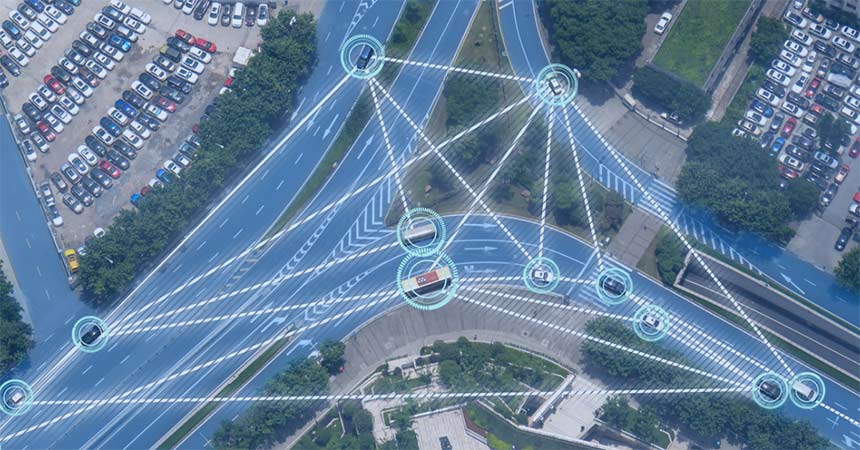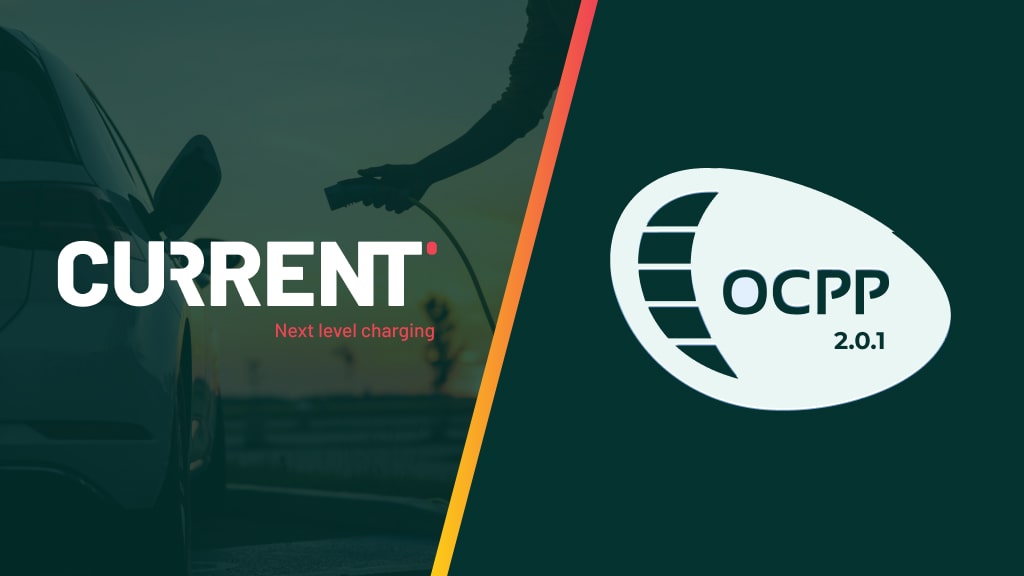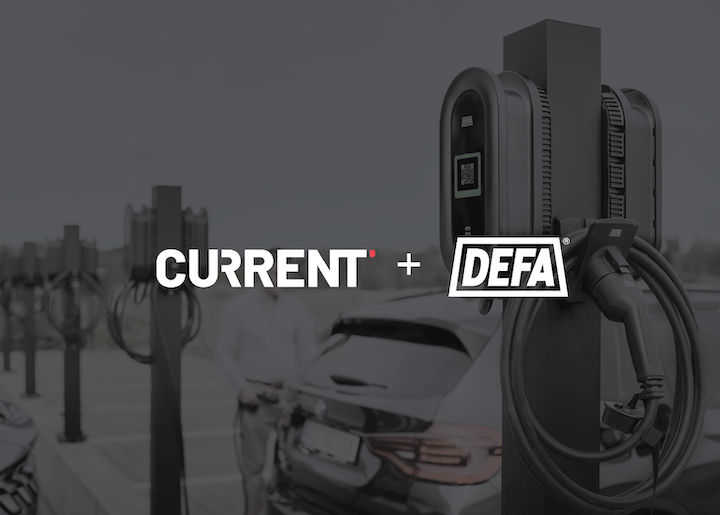
Fleet operators are facing rising costs and pressure to decarbonize their vehicle parcs. Electric vehicles (EVs) have an important role to play in both lowering the overall carbon footprint of company car fleets and saving businesses money. Innovative Vehicle-to-Grid (V2G) charging uses EVs to feed electricity back into the power grid, so businesses can cut costs by charging their EV fleets on cheaper energy.
Benefits of V2G for fleets
V2G technology turns an electric vehicle into a portable energy storage unit, and this can bring many benefits for fleet operators. These include:
- Earning money through the selling back of energy to utility networks and the power grid when power demand is at its highest
- A reduced need for costly infrastructure through the activation of a smart-charging network that automatically manages EV charging and power demands
- Saving costs through the use of cheaper energy tariffs
Stored EV energy when you want it
V2G brings benefits when harnessing renewable on-site power sources, such as solar or wind energy. When that energy isn’t available, at night, for example, the stored electricity in vehicle batteries can be released, to power not only vehicles but buildings and facilities as well – known as Vehicle-to-Everything (V2X) – releasing much-needed capacity on the grid. Even though this is also often the least expensive time to charge, a smart V2G network ensures that your EV fleet is fully charged and all ready to go when the next working day begins.
Sell unused energy back to the grid
The stored energy inside an EV’s battery can be sold back to utility networks and the power grid when power demand is at its highest. This can earn fleet operators money. This is especially lucrative when energy is generated on-site through solar or wind. Locally produced energy can charge vehicles during the day, then the power can be sold back to the grid at night or at times of high demand.
Move energy to where it’s needed
Smart-charging V2G networks have the ability to move the energy where it’s needed, too. So if you have vehicles in your EV fleet that don’t need to be charged for the following day, the stored battery power needed to charge them can be directed to other vehicles that do need to be used.
The CURRENT smart-charging platform uses dynamic load management which can direct energy to wherever it is needed, and because it is remotely controlled, the process is all automated. For example, if 10 cars are all plugged into the charging platform, the platform itself directs energy to the vehicles that will need the most energy for their next journey.
It’s scalable, too, growing as your EV fleet grows. Being an open and future-proof network, it also brings a high return on investment, with low maintenance costs enabled by no need for personnel costs, and the ability to set charging periods when energy costs are at their lowest.
 Take advantage of cheaper electricity
Take advantage of cheaper electricity
Fleet operators’ EVs often sit idle at night, which is the perfect time to charge them, as energy demand is lower. This means operators can take advantage of cheaper energy tariffs, reducing the charging costs.
Activating a smart-charging network can bring kWh energy cost savings, and a smart energy management system will reduce the need for costly infrastructure solutions. A smart charging system allows you to schedule charging periods to take full advantage of cheaper energy tariffs.
As the number of electric vehicles in both company and private fleets increases, the demand on power grids will grow. For EV back-to-base fleet operators, smart makes perfect sense!
Real-time data insights
Do you want to know your fleet’s real-time energy consumption and observe charger behavior? The CURRENT platform can easily provide analytics and data insights, as well as set roaming capabilities and user profiles. Being more aware of operational actions can highlight areas in which you can cut costs and increase fleet and driver efficiency through monitoring driving styles, vehicle usage, and charging patterns.
For additional ease, CURRENT’s API services seamlessly integrate existing fleet management software, and by using the Open Charge Point Protocol (OCPP), it’s very simple to create a fully managed charging ecosystem.
Ready, get set… go!
The first step is to determine the charger solutions your fleet needs. Although bidirectional V2G-specific chargers can be more expensive to buy, the savings they will offer will eventually offset this cost. Then you can set a boundary to be served by the dynamic load management system.
Integrated with over 40 charging and charge point brands, the CURRENT software platform and charging solution is fully certified by the Open Charge Alliance (OCA). The first V2G charging system in Norway has been installed using CURRENT technology.
Accelerate decarbonization
In addition to potentially earning you money, cutting energy costs, and introducing other financial benefits, V2G charging can play a vital role in the reduction of carbon emissions as part of the decarbonization process. As the energy stored in EV batteries can come from renewable sources, there is less reliance on fossil-fuelled power plants. Less demand for costly infrastructure investment is another bonus, and power grids become smarter, thanks to the flexibility of more managed charging systems. Your fleet will be doing its bit to make the climate cleaner for all of us.
As prices rise, offset your energy costs by installing a V2G smart-charging system. More convenient, with more accessible insights, but with a lower fleet cost, a V2G smart-charging system is an intelligent and simple way to manage and operate your fleet of electric vehicles. If you’d like to see a demo of CURRENT’s SmartCharge platform, get in touch here.



